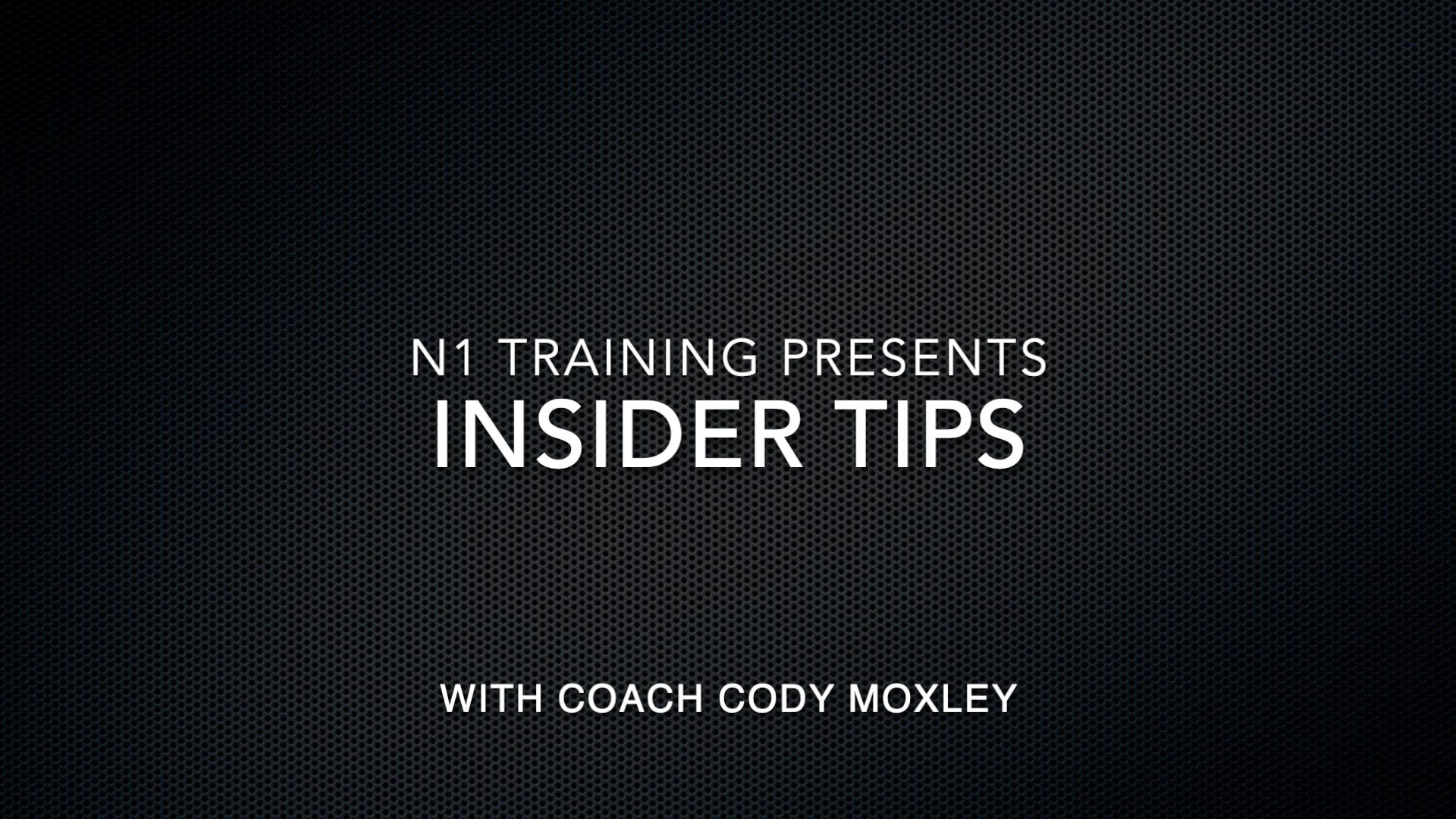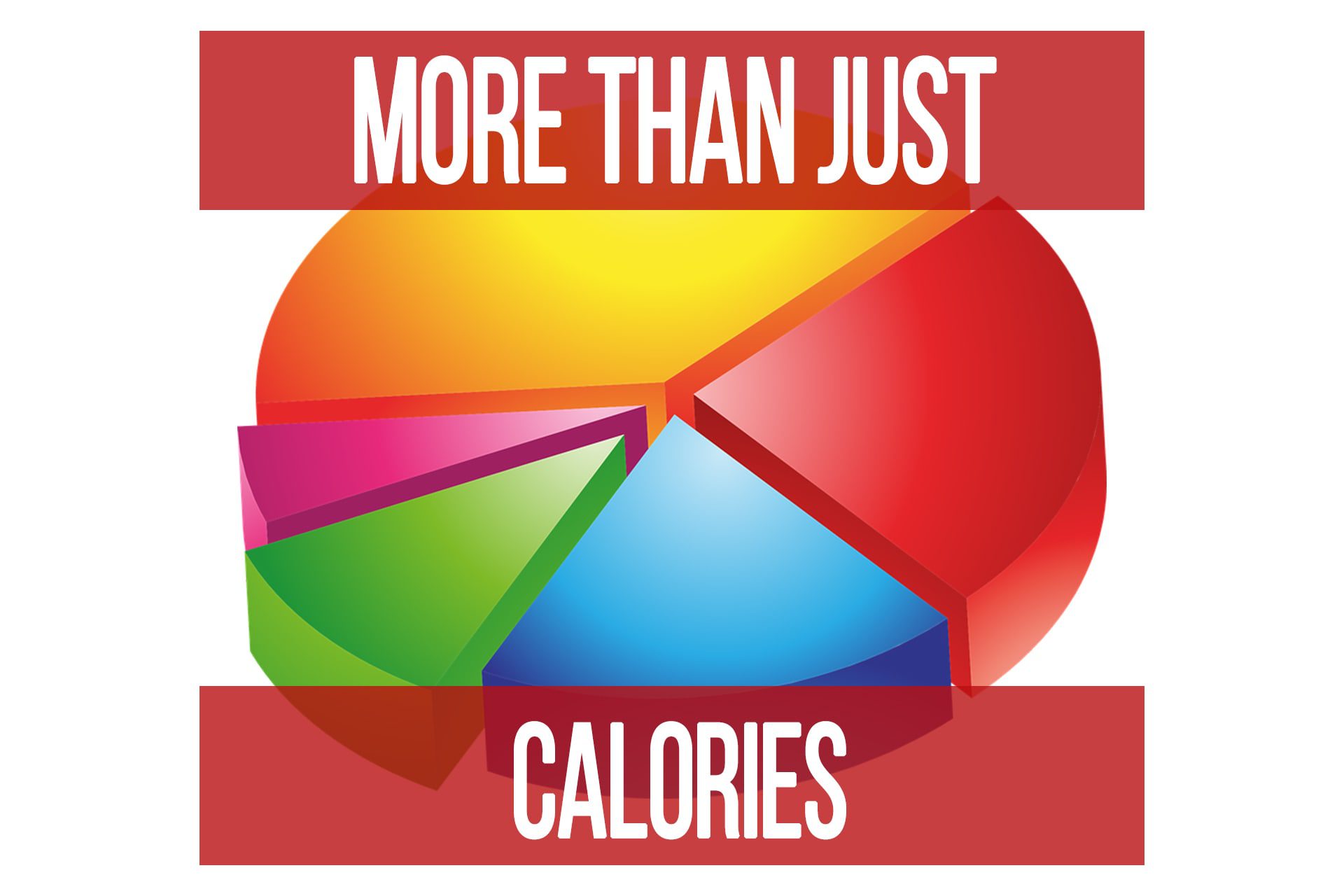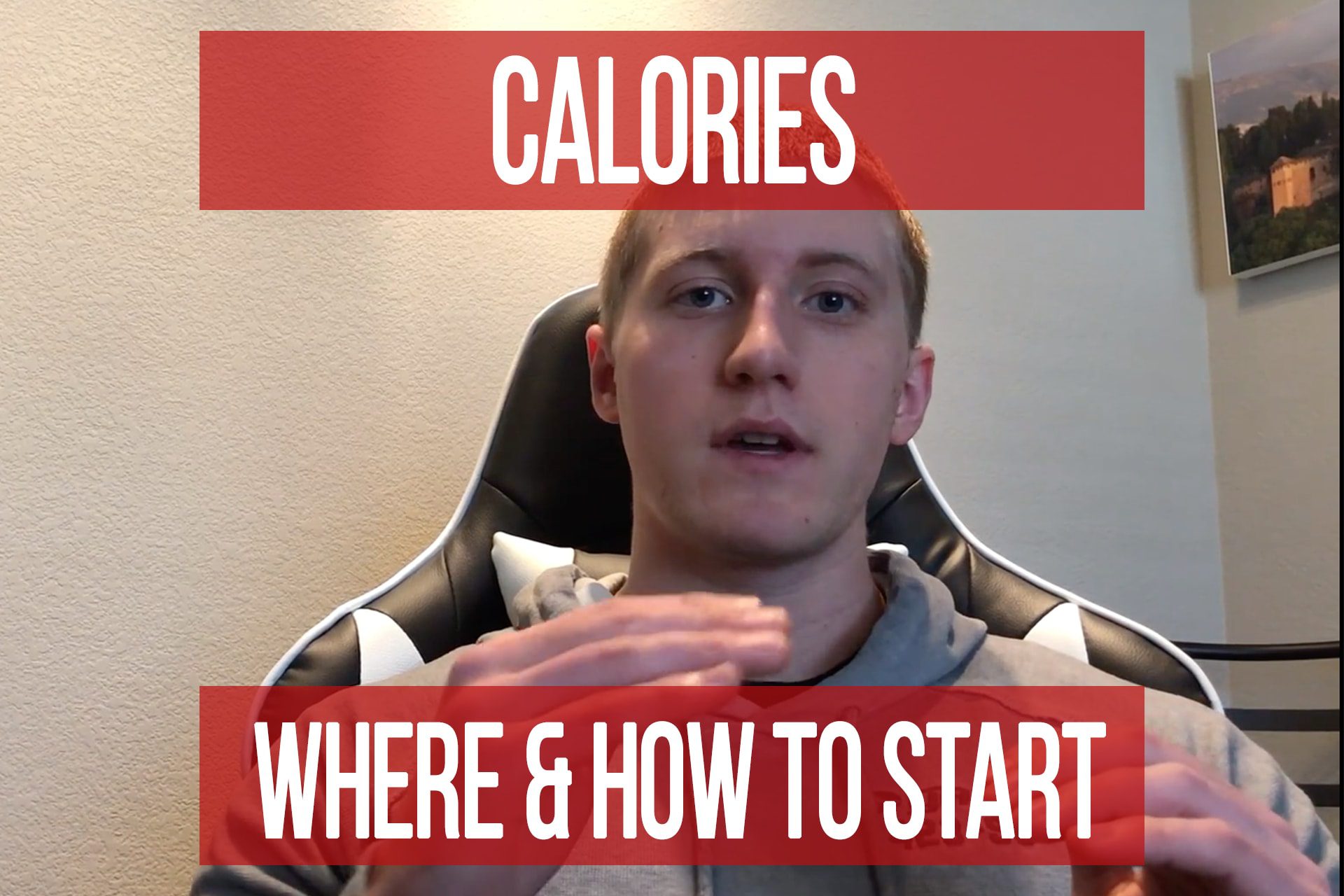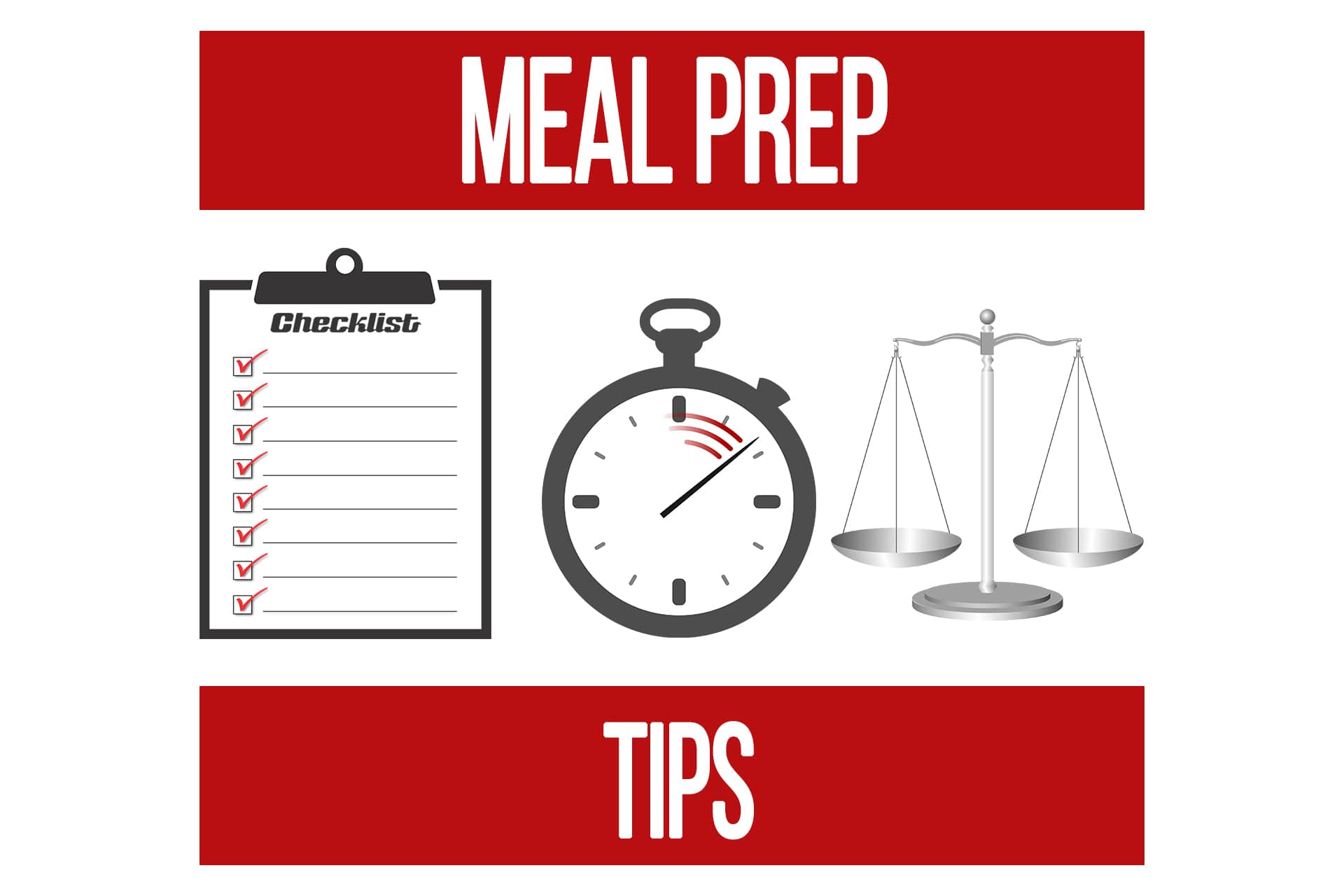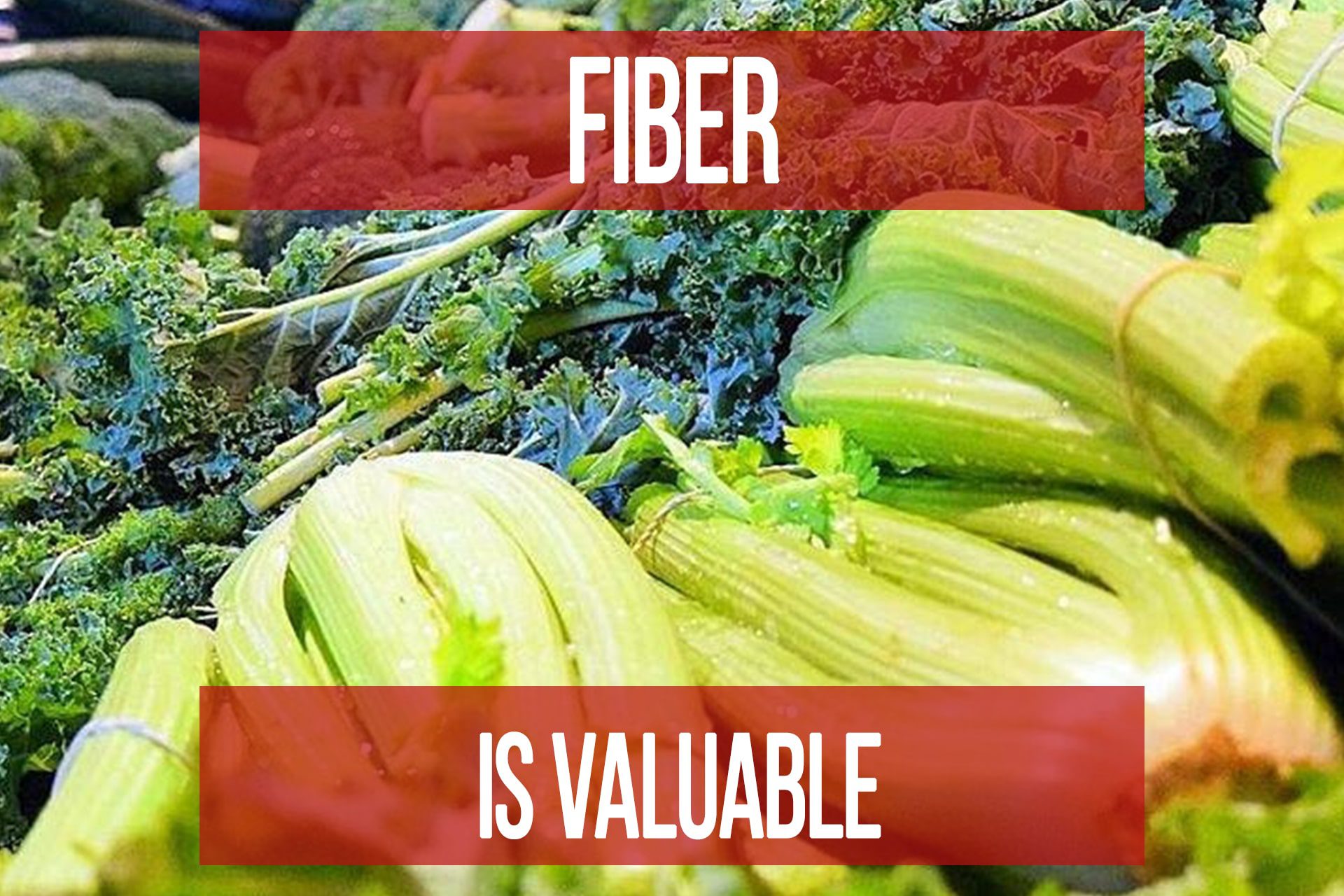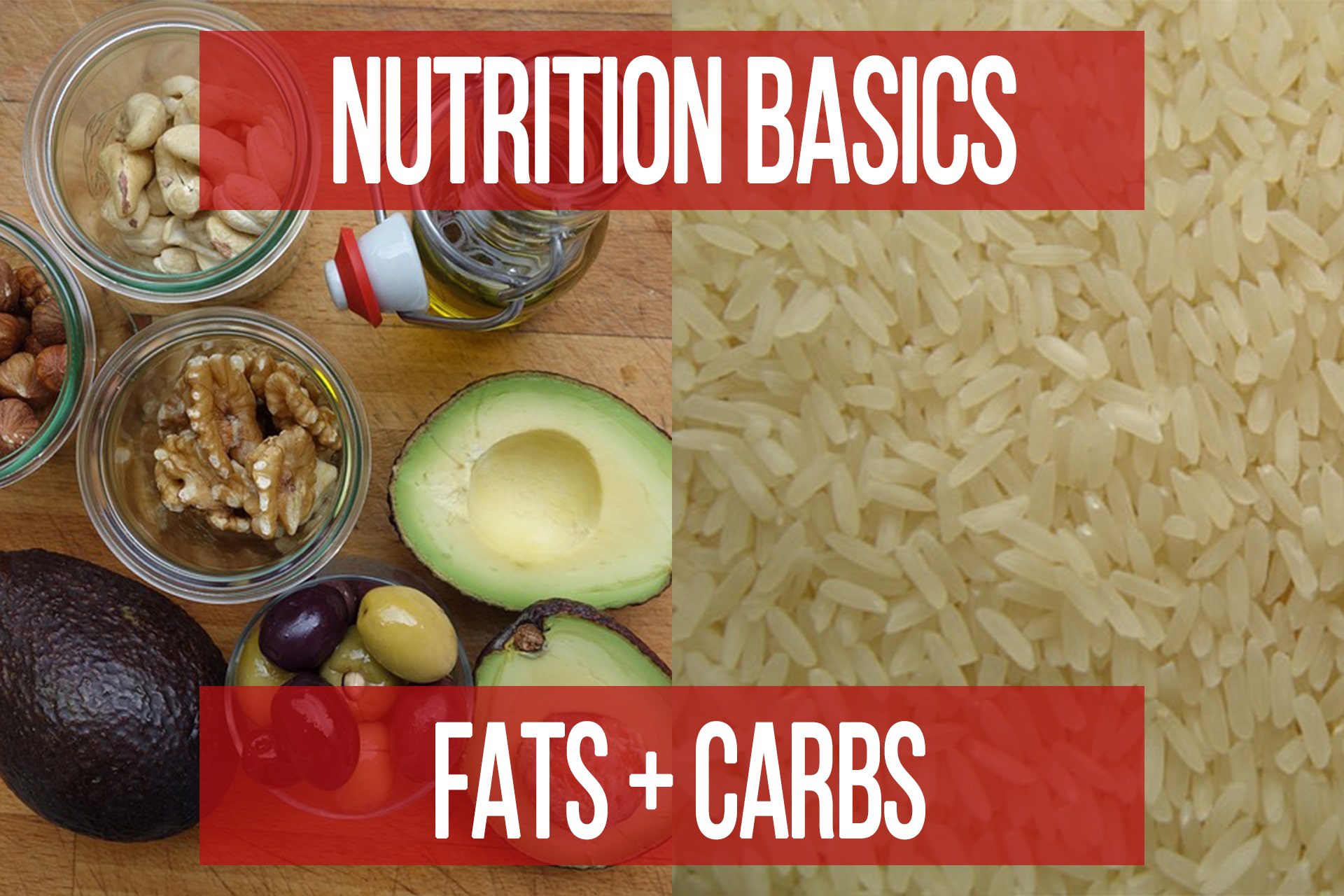Macro Adherence Guidelines
n1 training
Whether you’re working with an online coach, following the calculator from one of the N1 Programs, or are writing your own nutrition plans, you know that following macronutrient-based plans to 100% accuracy is a nightmare.
The reality is, in most cases following a diet with >90% accuracy will still get the job done and the increased effort to achieve that last 10% is often more stressful or challenging than it is worth for the potential added benefit you’d get from it. The only time this may not be the case is in the final stages of contest prep where every macro and micronutrient matters.
Whether you are coaching yourself, coaching others, or being coached the following guidelines will help you stay on track and give you some tools to hopefully lessen the stress of “sticking to the plan”.
How Precise Do You Need To Be?
When looking at your daily plan as a whole, a few guidelines we like to give our clients consist of the following:
- Aim to be within 5% of your grams for all macros by the end of the day.
- Do not count carbs from fibrous vegetables towards your daily allotment, but if you’re tracking daily fiber do consider it for that. This includes broccoli, cabbage, spinach, kale, cauliflower, asparagus, etc.
- Consider the intent of the meal and don’t stress over minor variations (with the exception being peri-workout nutrition and supplementation). For example, not worrying about a few grams of carbs from nuts if your meal plan says “0” carbs. More on considering trace macros HERE.
- Keep in mind that the nutrition plan is designed to achieve results over time. Being a little off on one day is not a big deal. Consistently being close over a given time period is more important. For example, if you’re under by 200 calories one day and over by 200 another, in the grand scheme of things you’re still on track. Look at the bigger picture and don’t overstress the small things.
- The easiest way to stay on target is to be consistent with food choices and meal prep. That helps to eliminate a lot of mental energy spent on counting, measuring, tracking, and estimating as well as being a significant reduction in potential stress. Meal prep doesn’t have to be boring or overly time-consuming. For more tips on meal prep, check out this ARTICLE.
If you are a veteran at counting and tracking macros, here are some strategies you can employ to keep closer to your plan if things get a little “off track” and can keep you closer to the big picture plan on a weekly basis.
Situation Strategy #1: Macro shifting
This is as simple as it sounds. Let’s say you know you went a bit over or under on one of your macros on a meal. It is ok (in most cases) to simply add or subtract that in another meal during the day.
For example, you went out to lunch and they didn’t have any good options for carbs that were going to fit your intended macros. It is ok to simply add that back in to perhaps your post-workout meal or even split across your next two carb-containing meals.
Pro: It allows you a bit more flexibility if you have to go out for meals for work often or aren’t always able to prep each meal.
Con: You have to already be pretty skilled at knowing what approximate macros certain foods contain. This means it’s likely not a beginner tactic unless you’re using some type of app to try and track each meal. Doable, but most apps are pretty flawed and you’ll be better off learning simple things like 1oz of lean protein (chicken breast, white fish, turkey breast, etc) has about 7-8g of protein and 1-2g of fat, or 1oz of nuts is about 3g of protein and 16g of fat.
Situation Strategy #2: Meal Splitting
This is when you miss a meal for some reason and assumes you have 1-2 meals left during the rest of the day. If it is a rare occurrence, then it is absolutely ok to divide the macros from that meal up among your remaining meals but there are a few guidelines for this.
- Spread protein evenly across all remaining meals.
- Add carbs to carb-based meals and fats to fat-based meals as much as possible. More on this in the article on Combining Carbs & Fats, but the basis is simple. Just try to reallocate macros according to the intent of your remaining meals. For example, if you missed a protein and fat-based meal, don’t throw all the fats into a later meal that is mostly protein and carb-based.
- If you only have one meal left, maybe consider only adding half of the macros back in rather than potentially doubling the size of the meal which may be more stressful from a digestive perspective and may interfere with sleep quality depending how close to bed the meal is.
If this is a regular occurrence, perhaps consider restructuring your nutrition plan.
Pros: A relatively easy and simple solution that doesn’t require extensive thought. Just divide up the missed macros and reallocate accordingly. It also helps ensure that you’re not chronically under-eating or having to stress about missing a meal. The latter being more important from a psychological perspective as unnecessary stress will only inhibit your recovery and progress.
Cons: If this happens repeatedly, it might be an issue from a blood sugar regulation perspective if not eating for several hours and then having massive amounts of protein and carbs (depending on what your plan is like). It may also be digestively stressful if you’re in a caloric surplus and already consuming large quantities of food.
Situation Strategy #3: Cross-Day Macro Shifting
This is similar to #1 but accounts for adding missed macros to the following day. The same rules apply as in Meal Splitting.
- Distribute protein as evenly as possible
- Distribute carbs to carb-based meals and fats to fat-based meals
Pro: Simple adjustment to stay on track if you miss a meal late in the day. Allows you to stay closer to your goal macros without potentially undereating which can take a toll on recovery.
Con: Can require minor adjustments to multiple meals. (although if you’re food prepping it’s as easy as just dividing up one meal into another 3-4, so it’s really not that hard).
Situation Strategy #4: Skip it
Maybe not technically a “strategy” but something worth mentioning. If it is just a rare occurrence that something comes up and you miss a meal, it is ok to just move on and not worry about it. One meal is not going to make-or-break your long-term goals.
Sometimes, just not allowing it to become a mental stress is more beneficial for your health than worrying about recalculating, shifting, or changing the rest of your day. If you’re the type of person that gets anxious or gets fixated on little details, chances are that knowing when to move on is better for you than getting your cortisol all jacked up unnecessarily.
Pro: No thought required and easy to do.
Con: Missing some nutritional support which may or may not impact recovery depending on the goal, training, etc
So hopefully these guidelines make it easier to still accomplish the intended goal of the nutrition plan without wanting to bang your head against the cutting board.
Overall one of the best things you can do besides mastering meal prep, is knowing the goal of your nutrition plan and which strategy will work best for you both logistically and from a mental stress perspective.
Have a Question for Us?
Please Log In to Submit Your Question
Calories Matter But So Does Everything Else
videoBody Composition Foundation FREE Health and Longevity Nutrition Supplementation Training
Popular Pages
Learn & Train With Us
Add N1 Training to your Homescreen!

Please log in to access the menu.
